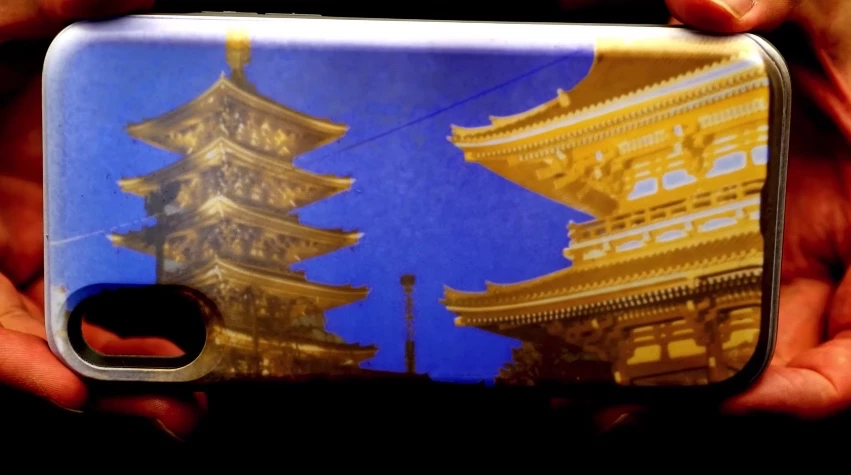Although we've seen color-changing coatings before, they generally just switch between two solid colors. MIT scientists have developed a new system, however, that allows coated objects to take on intricate multi-colored patterns when exposed to ultraviolet light.
Known as PhotoChromeleon (in reference to the color-changing chameleon lizard), the technology builds upon MIT's previously-developed ColorMod system.
The latter involved 3D-printing objects that incorporated light-sensitive color-changing pixels within their surface. Not only was the printing process quite involved, but the patterns created by the chunky pixels were pretty low-res, plus each pixel could only switch between being one given color or transparent.
PhotoChromeleon, on the other hand, incorporates an ink that is made up of a mix of clear lacquer along with cyan, magenta and yellow photochromic dyes. Each of these dyes changes between its given color and a transparent state, when exposed to a different wavelength of ultraviolet light.
Users start by performing a 3D scan of the object in question, then digitally creating a multi-color pattern for that item on a computer model of it. The physical object is then spray-painted with a coating of the ink, after which it is placed on a turntable inside a box. While the item subsequently turns, a DLP (digital light processing) projector shines the color pattern onto it, in the form of various wavelengths of UV light. As a result, different dyes change color in different areas of the coating, creating a real-world version of the desired pattern.

That pattern remains visible until it's "overwritten" by another one that's projected onto the object. And an MIT rep tells us that exposure to natural sunlight does not erase or alter the patterns.
So far, the technology has been tested on a toy chameleon, a model car, a shoe, and a smartphone case. Once developed further, however, it might be used in applications such as automotive paint that allows car owners to change the color of their vehicle as desired.
"This special type of dye could enable a whole myriad of customization options that could improve manufacturing efficiency and reduce overall waste," says postdoc Yuhua Jin, lead author of a paper on the project. "Users could personalize their belongings and appearance on a daily basis, without the need to buy the same object multiple times in different colors and styles."
PhotoChromeleon is demonstrated and explained further, in the following video.
Source: MIT Computer Science and Artificial Intelligence Laboratory (CSAIL)




